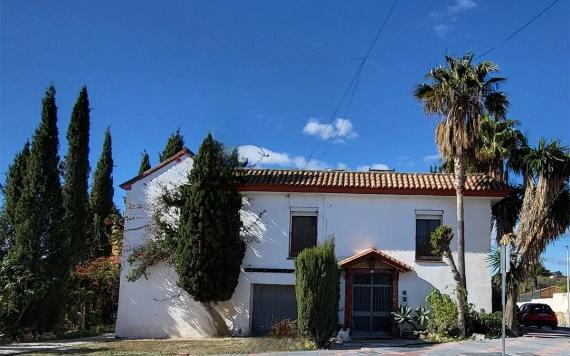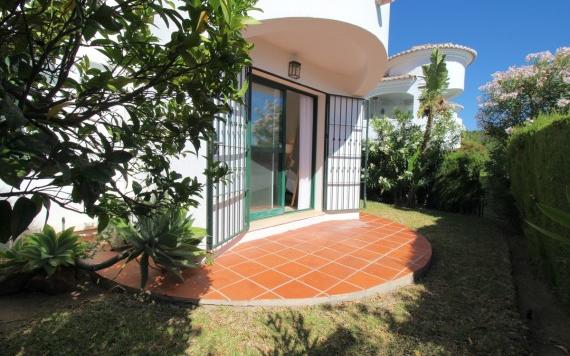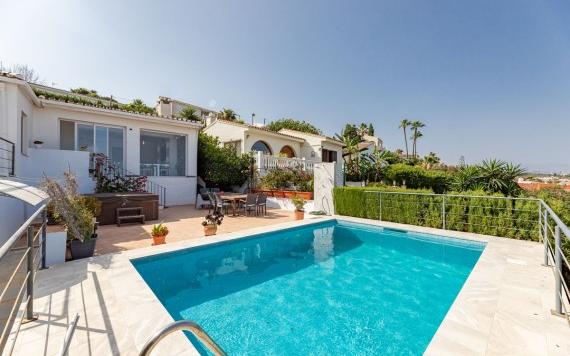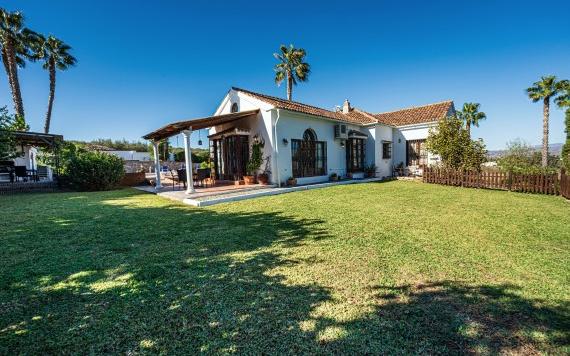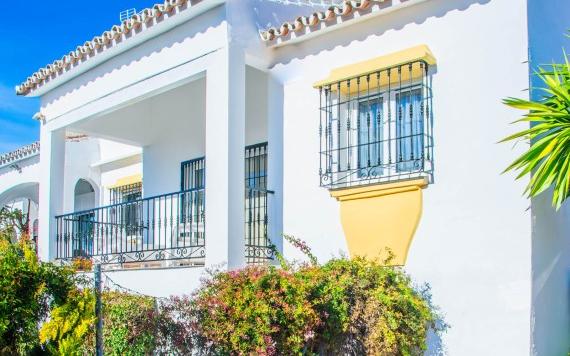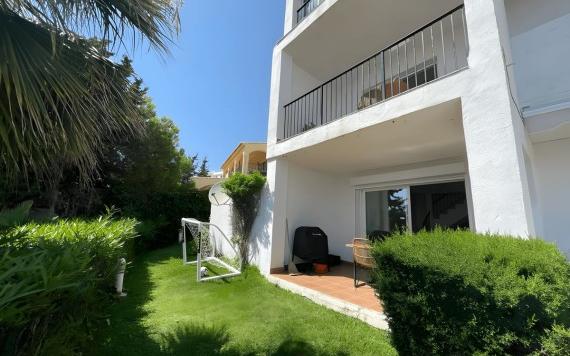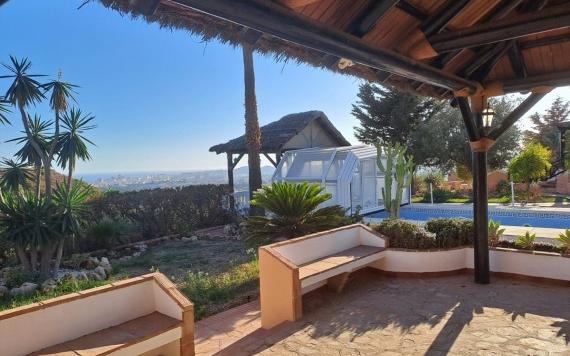
Whilst many Britons can’t imagine Christmas morning without a glass of Bucks Fizz in their hands, if you’re thinking of embracing all things Spanish this Christmas then, as well as enjoying some Spanish winter recipes, you also need to accompany this with Spanish Christmas drinks.
Here are six Spanish festive tipples that you should stock up on in time for this holiday season:
Cider
Cider is a popular drink in Spain all year round, but during the holiday season it is often served warm and enjoyed by the whole family. When you think of cider, it is unlikely to be similar in any way to the drink you will enjoy in Spain. In the UK and Ireland, cider is a sweet, carbonated, clear drink. By contrast, Spanish cider is dry, cloudy and uncarbonated. It doesn’t have the same sweetness that you might expect.
The best Spanish cider is produced in Northern Spain thanks to its cooler climate, which make for ideal growing conditions for the apples. 80% of Spanish cider is made in the region of Asturias. For many families, cider is used as a Christmas and New Year told, rather than champagne. In the region of Asturias, more cider is drank per capita than anywhere else in the world: it truly is a Spanish institution, and one worth indulging in this Christmas.
Cava
Cava is to the Spanish as Champagne is to the French. It is a sparkling wine very similar to champagne, with the same pale golden colour, but it is produced using different grapes. This is one of the most traditional wines in Spain, and it is loved by much of the populous.
Spanish Cava is produced in Catalonia, Extremadura, Aragon and Valencia: it is particularly popular in these regions (in Catalonia it is drank with the same frequency as water) but it is also popular across Spain. One of the most important times of year to crack open a bottle of Cava in Spain is during the holiday season: it is used to celebrate Christmas, New Year, and any other special occasion.
On New Year’s Eve, midnight is toasted with a glass of Cava and 12 grapes. One grape is eaten with each chime of the clock, and if you eat and drink all of your grapes and cava before the 12th chime then this is said to bring luck and prosperity to your year.
Sherry
Across the UK, Sherry has a reputation as a tipple that is enjoyed by elderly aunts and grandmothers over the Christmas period but, in Spain, sherry is a popular aperitif enjoyed by Spaniards of all ages. Sherry is a fortified wine from the sherry triangle in Cádiz, and the variety of different sherry wines produced here is immense. They vary from incredibly dry to incredibly sweet, with all of the depth and flavours in-between.
When you enjoy a Christmas dinner in Spain, you’re sure to find that at least one course is served alongside a glass of sherry: fino (which is a bone dry sherry) is often served alongside starters, whilst amontillado (a nutty, amber coloured sherry) is a universal sherry ideal for almost any meat or main course option. If you’re looking for a sweet, dessert sherry then try Pedro, which will add extra sweetness to your final course.
Sweet Málaga Wine
Sweet Malaga wine is to Malaga what sherry is to Cadiz. This is one of the sweetest Spanish wines on the market, making it the ideal way to end a meal. The wine producing region surrounding Malaga is one of the oldest wine producing regions in Europe, so this is a wine with a rich history.
The wine is produced using Pedro Ximénez and moscatel grapes, and is typically served with shortbread cookies, particularly at Christmas time when traditional Christmas shortbread is abundant and easy to find.
Rioja
When looking for a Spanish red wine, very few people would recommend anything other than a bottle of Rioja. Ideal for pairing with a hearty roast, this is a rich and full-bodied red. Such is its popularity, you can buy decent Rioja anywhere in the world, meaning that if you’re planning on making a Spanish Christmas feast whilst not actually being in Spain then a bottle of Rioja is likely to be the easiest accompaniment to source.
Warm Spiced Sangría
Warm Spiced Sangria is the Spanish version of a mulled wine, and is popularly found on Spanish Christmas markets across the country. It is often saved as a celebration drink in Spain, which explains why it is so popular during Christmas. We may think of Sangria as a summer drink, served chilled and loaded with fruit, but warm spiced sangria is served (as the name suggests) warm and loaded with spices such as cinnamon and cloves. Sweetness is added via fresh apple juice and local honey. Some versions will then top the drink with a splash of brandy to add depth, sweetness, and an extra alcoholic kick. You can easily replicate this drink at home by heating some red wine on the stove and then letting your creative juices flow!
Are you ready to enjoy a Spanish tipple or two? Perhaps you like the idea of submerging yourself into the traditional Spanish lifestyle and cooking Spanish recipes every day? Whatever your dream, we can help. Why not get in touch with our team of local property experts today, to find out more about how we can help you.

 English
English Español
Español Deutsch
Deutsch Français
Français Svenska
Svenska Nederlands
Nederlands Italiano
Italiano Norsk
Norsk Русский
Русский























